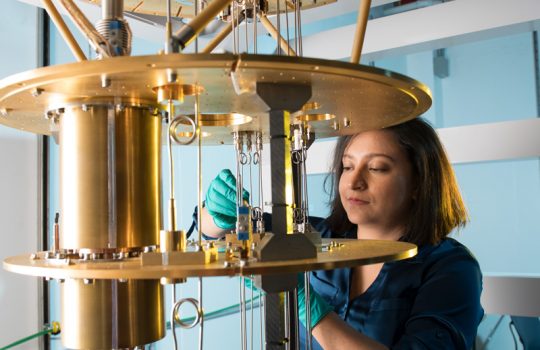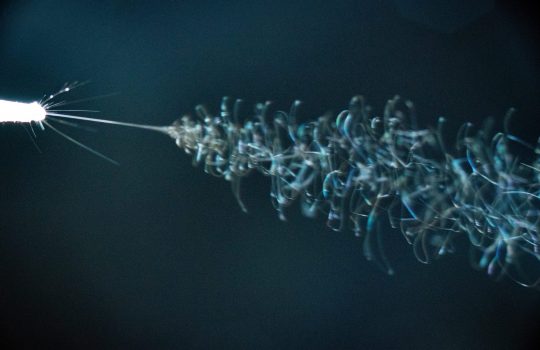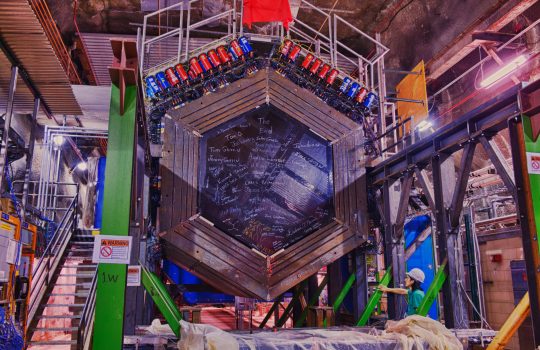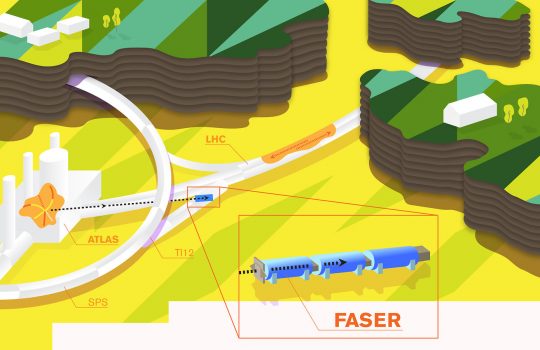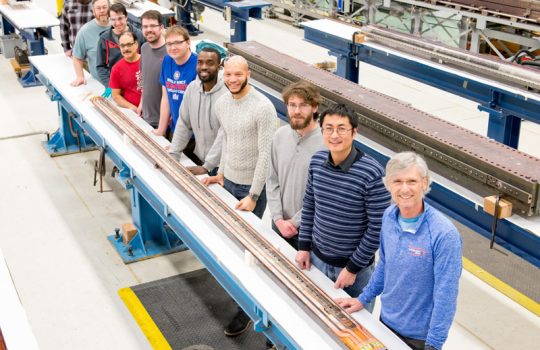One minute with Rakshya Khatiwada, research associate
Rakshya Khatiwada is an experimental astrophysicist at Fermilab working on dark matter searches and quantum science. When she’s not developing the newest detectors to look for dark matter, Khatiwada makes a point to engage with the next generation of scientists through informal lunches, talks and webinars.

